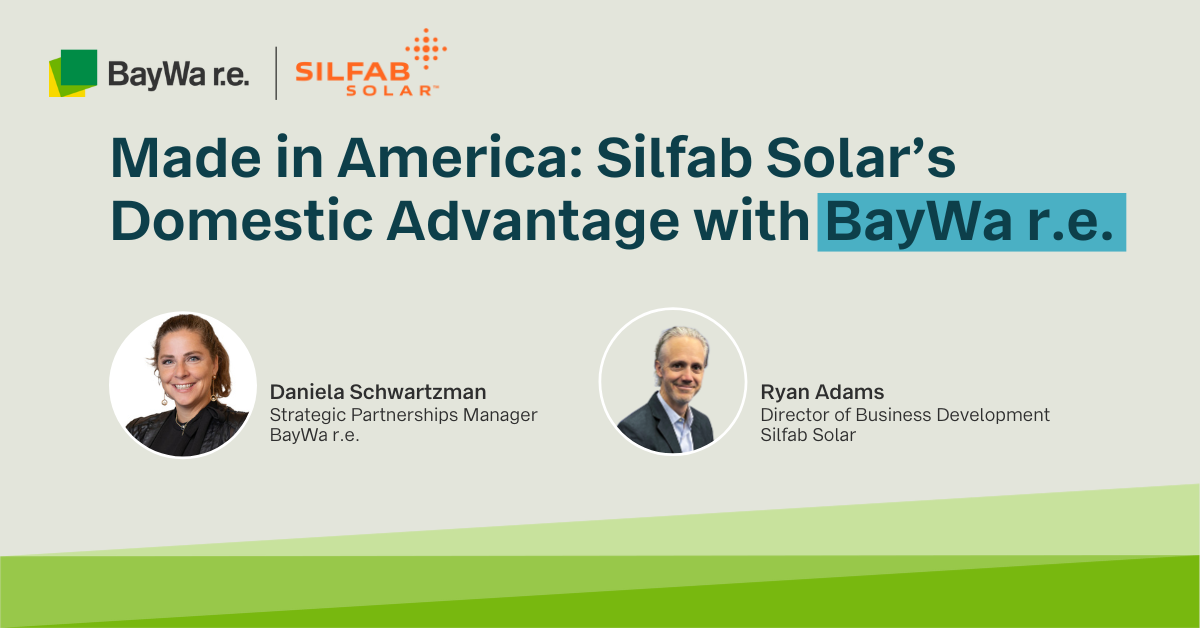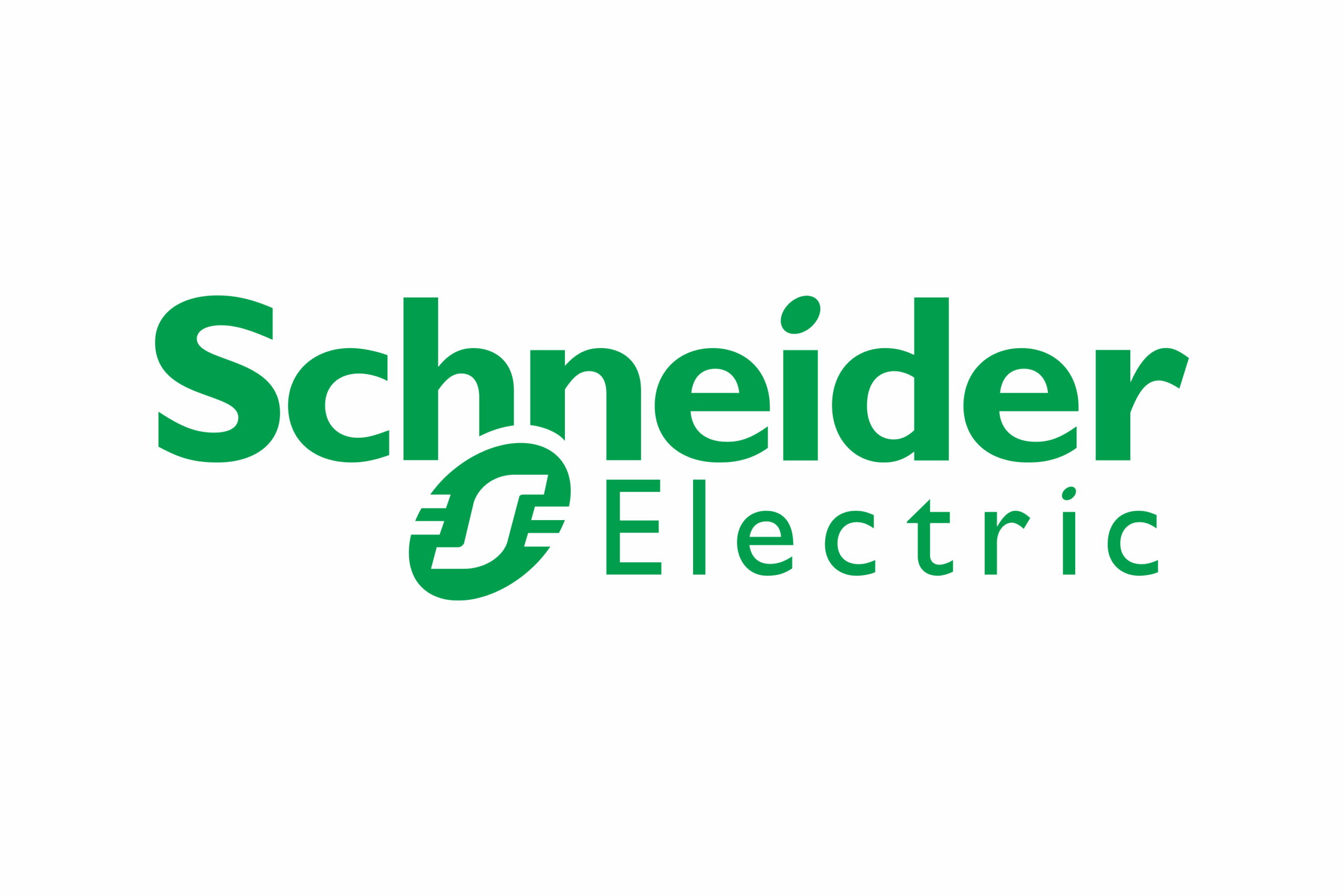
Illustration, Tom Miller
*Thanks go to Evelyn Butler, senior director of codes and standards at Solar Energy Industries Association, for sharing her knowledge for this article.
If you attend industry events, keep an eye on industry news, or talk to knowledgeable professionals from time to time, you’ve probably heard about some of the code revisions taking effect in 2019. These include PV rapid shutdown changes in the National Electrical Code and California’s Building Energy Efficiency Standards requiring solar on newly built homes.
But when it comes to capturing the attention of busy solar and storage contractors, not all codes and standards are created equal. In fact, unless you work directly on codes and standards, you may not know about many of the additional changes affecting fire safety, smart grid functionality, and other areas of interest for technicians and customers.
So as you close the book on 2018, and start planning for the year ahead, make sure those in your company responsible for procurement, system design and engineering, sales, and customer service, understand what’s new and upcoming in the solar and storage code compliance space.
Smart Inverters
California is taking the next step in a deliberate process of tightening up the advanced inverter requirements for new solar and energy storage systems seeking interconnection with the grid. Through a regulatory proceeding called Rule 21, last year the California Public Utilities Commission began requiring inverter features that promote grid stability, such as voltage and frequency ride-through and reactive power control.
This time, California regulators require inverters to use a standard communications protocol so that they can interact with other inverters, other systems, or the electric utility. SunSpec Alliance, a California-based trade group, has developed the communications protocol in accordance with the IEEE 2030.5 DER specification, as required by Rule 21. SunSpec has also released test procedures for technicians to verify that products comply with the new communications standard. The requirement takes effect in February 2019. SunSpec estimates it will affect about 150,000 new PV and storage systems per year.
Recommendation: Review the SunSpec testing procedures for Rule 21 compliance. Also, review testing and certification requirements by the electric utilities in your area.
Energy Storage
This year, UL published a test method for evaluating fire risks associated with thermal runaway in battery energy storage systems. The purpose is to figure out how much spacing technicians must provide between one energy storage system and another, or between an energy storage system and interior building walls, to minimize fire safety hazards. Tests will look at several characteristics, including: heat and gas buildup at the energy storage cell level, at the module level, the unit level, and the whole of the system. Results go into fire test reports that can be used by manufacturers and project sponsors to inform building owners, insurance providers, project permitting officials, and firefighters. The UL standards technical panel in charge of UL 9540 will also use data generated by tests in 2019 to determine future code requirements.
Recommendation: The UL 9540A test methods are designed for large-scale systems, but by testing at the cell and module level, they will produce results that are relevant in the residential and small-commercial market segments. Be careful to minimize fire hazards in all energy storage projects and watch for more information about systems that have undergone testing.
Electrical Code
Four months ago, we wrote about a new set of PV rapid shutdown requirements in the 2017 edition of the National Electrical Code (NEC 2017). These code updates take effect in 2019 anywhere jurisdictions have adopted NEC 2017. In those jurisdictions, there will be a boundary of one foot around the module array and three feet inside the building where DC circuits must drop below 30 volts within 30 seconds.
Recommendation: See our article for more details about the code changes in NEC 2017, plus information about state-level adoption of NEC 2017.
Building Codes
As we saw with smart inverters, the most significant change in building codes comes from California, where the 2019 edition of the Title 24 Building Energy Efficiency Standards mandates PV systems on all new residential construction of three stories or less. System sizes, based on floor area and expected energy usage, could range from 2.7 kilowatts to 5.7 kilowatts, according to Greentech Media. Homebuilders can scale back the PV capacity requirement or energy efficiency requirements in the updated building code by installing energy storage. The mandate takes effect in 2020.
Recommendation: Find opportunities to work directly with home developers to incorporate solar system designs into the master plans at the start of the overall permitting process.
PV System Fire Testing and Certification
SEIA’s Evelyn Butler said her team is aware that the UL 2703 Standards Technical Panel fire system testing task group was planning proposals for code changes in 2018 or 2019, but she does not have a recent update.
Recommendation: None at this time.
Mounting and Racking
Bonding and grounding requirements, once found in UL 467, are now present in UL 2703. Relatively new provisions include a requirement that installation instructions must reference any modules approved for use with a given mounting system or racking system. Butler said, “Overall, we are aware of several revision proposals in development for marking/labeling, instruction manual, corrosion protection, and bonding/grounding. Any changes approved to the [UL 2703] standard in 2019 would likely not take effect until later.”
Recommendation: None at this time.




